Subtotal: $149.00
Lacrosse Cleats vs Soccer Cleats: Can You Use Soccer Cleats for Lacrosse?
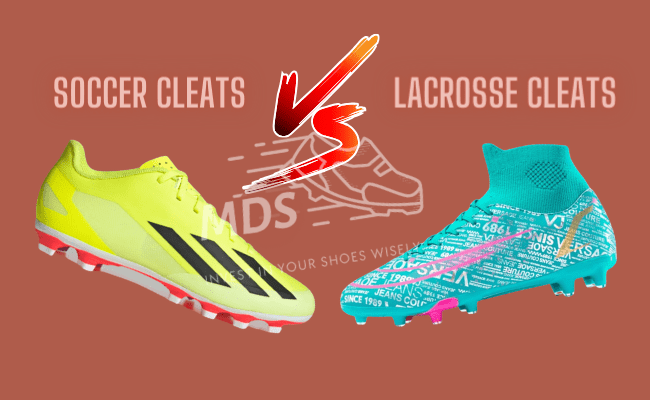
Lacrosse and Soccer are two different games—I’m sure most people could guess that by the name. However, despite being two entirely different sports, they also share a bunch of similarities.
For example, when playing soccer, both teams are supposed to win goals by kicking the ball into the opponent’s goalpost. Similarly, in Lacrosse, both teams try to hit as many goals against their opponent, but, not by kicking them.

Instead, in Lacrosse, players use a Lacrosse stick to carry, stroke, pass, and push the ball into the goalpost. (Yes, you can see the Lacrosse stick in the picture above.
Now, both of these games are interesting and I have watched my fair share of Lacrosse and Soccer matches to enjoy them both.
However, when you are new to any of these games, you may need appropriate footwear to get started. And just like the goal thingy, the cleats for both these games can also come off as similar in the first look. But well, I am here to help you distinguish.
So, let’s get started and have a Lacrosse Cleats vs Soccer Cleats comparison, figuring out how Lacrosse cleats are different from Soccer cleats. And also trying to understand, why you should get the right pair of cleats for the sport you are playing.
Cleats are cleats: How does it matter?
Your feet are the unsung heroes that go the extra mile for you in every game—picking the right sports footwear is the simplest way of returning the favor.
This is particularly important because different footwear serve different purposes. For example, you can not run on the Soccer field wearing your jogging shoes.
Similarly, a Soccer cleat may make defense challenging during a Lacrosse game. And while the choice of cleats you make for yourself depends on a number of factors, including your personal preference, design plays a vital role in the selection process.
But how? Let’s figure it out!
Is the design different?
The answer is YES!
When you take a look at a pair of Lacrosse cleats and another pair of Soccer cleats, at first sight, you may get confused.
However, both cleats perform slightly different functions.
For example, while playing Soccer, you need to move quickly in the forward direction. To do this, your cleats must have better straight-line traction and speed control.
On the other hand, Lacrosse requires players to rapidly change directions and move quickly at the same time. For this reason, Lacrosse cleats are designed to serve players’ sudden stoppage and aggressive lateral movement requirements.
This is where the first design difference comes into play.
Toe spike or no toe spike?
As a result, Lacrosse cleats come with a toe spike, which allows players to have more control over their movement and helps them stop right when required. While this toe spike may make Soccer challenging by restricting forward movement.
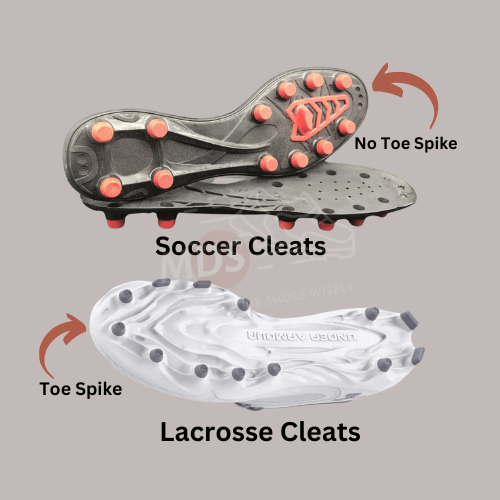
Don’t forget the ankle support
Another design difference between Lacrosse and Soccer cleats comes into play when stability is a concern.
While Soccer requires players to be quicker and more agile, Lacrosse also demands stability.
For this reason, Lacrosse cleats usually come in mid-cut designs providing additional support for the ankles. This helps prevent ankle injuries and sprains, allowing players to give their 100% in an aggressive game without worrying about injuries.
On the other hand, Soccer cleats are usually low-cut, allowing players to be as quick and agile as possible.
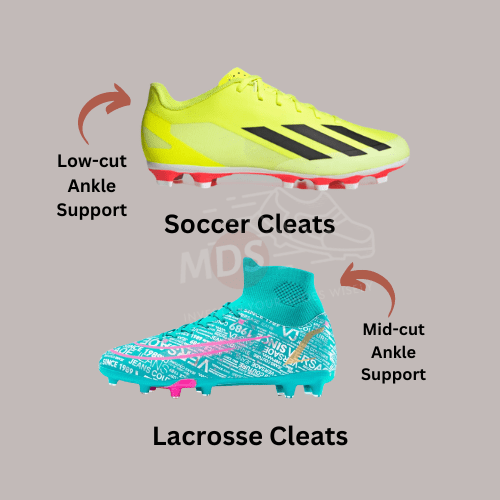
Speaking of whether a Lacrosse player can wear Soccer cleats, the low-cut shoes may work well for many Lacrosse players. However, while playing in defense positions, players may require additional stability, which comes with mid-cut Lacrosse cleats.
Comfort and fit
As the Lacrosse cleats come with mid-cut ankle support, they are considered slightly more comfortable as compared to Soccer cleats. However, some Lacrosse players still prefer using Soccer cleats in their games, as they are lighter, fit better, and aren’t as bulky as the Lacrosse pairs.
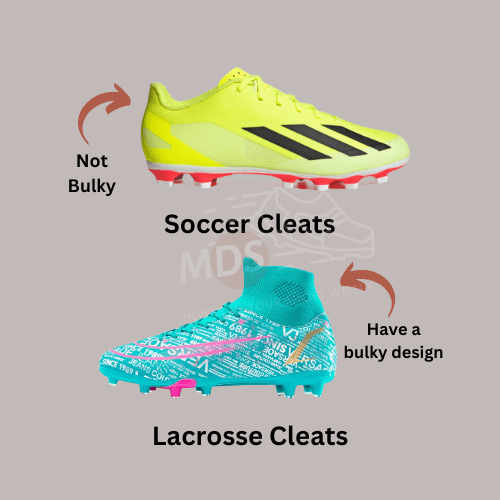
Apart from the design difference, both these cleat variants suit different playing positions.
For example, if a Lacrosse player plays on the wings of faceoffs or is a defender, he or she may find soccer cleats inappropriate for Lacrosse. However, players taking attacking positions may think otherwise.
As attacking and mid-fielding positions require a whole lot of running and quick speed, smaller and lighter Soccer cleats may make sense for some players.
Picking the right lacrosse cleats for yourself
While the right pair of sports cleats can only make your sporting experience safe and comfortable, the wrong pair can cost you way more than any pair of shoes.
I remember, my friend cracking his ankle on the Cricket field while fielding at Deep Back Point and trying to save a boundary at the Third Man position. As his shoes didn’t have proper grip, support, and material, he misstepped and broke his ankle.
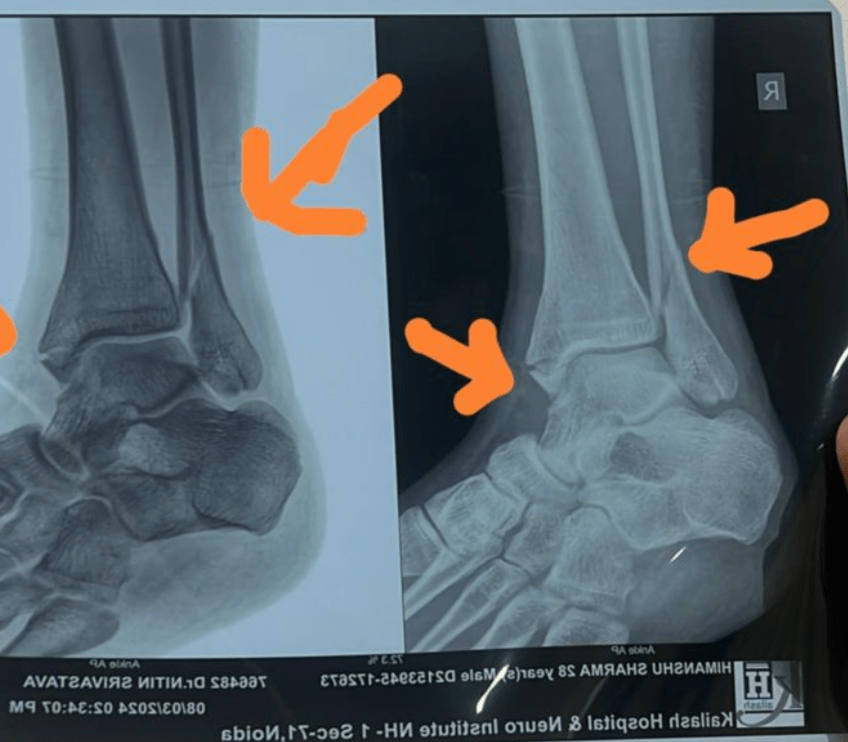
This led to three months of bed rest, with lost work days and games.
And this is just one example. The world of sports is brimming with footwear malfunctions. To avoid these concerns, it’s crucial to pick the right type of Lacrosse cleats for yourself. Explore the following variants to help yourself.
Variations of lacrosse cleats
When it comes to lacrosse cleats, there are three popular types of cuts. Here are the following:
Low cut
If you’re in search of a lightweight cleat, these are the top choices.

Low-cut cleats are highly favored by players in attack or defense positions due to their excellent cutting abilities. As these cleats don’t have high back support, they allow a more comprehensive foot movement.
High-top
If you’re in need of some serious ankle support, the High-Top studs are the perfect choice for you.
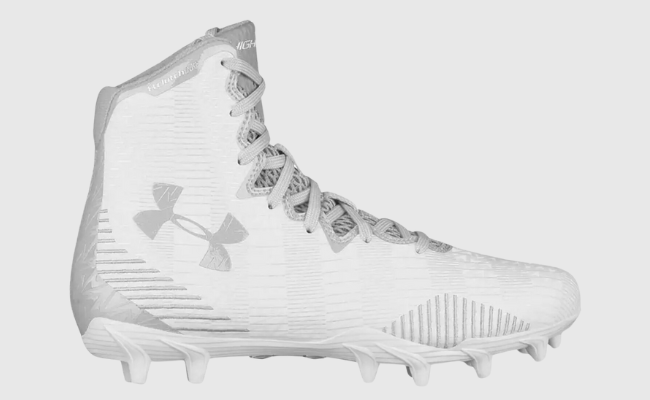
These boot-like studs provide maximum stability on the field. Plus, the protection offered by these is unmatched, making them more suitable for defense positions. However, since the high top holds the ankle in place, it also restricts free movement to an extent.
For this reason, high-top cleats are not a suitable choice for attacking positions.
Mid-cut
For those who want the best of both worlds, the Mid-Top cleat is a great choice.

It’s perfect for players who excel in both offense and defense. If you’re looking for some extra protection, with the freedom of movement, mid-top cleats are a great option.
Picking the right soccer cleats for yourself
Just as it’s crucial to pick the right Lacrosse cleats for playing that particular game, it’s also important to find the best pair of cleats while entering the Soccer ground or turf.
Variations of soccer cleats
A variety of options are available in the Soccer cleats market. Let’s take a look at the popular variants.
Soft-ground cleats
SG cleats come with longer, replaceable studs that help increase the shoe’s grip on wet and muddy fields that require extra grip.
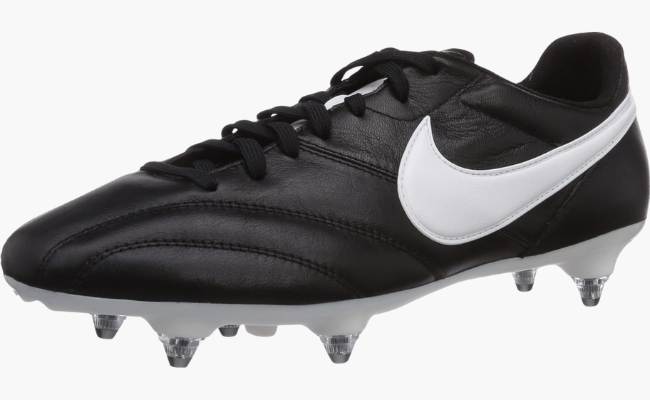
This helps players maintain a sturdy grip during the rainy season. These shoes come with metal studs that maintain utmost balance and control.
Artificial-ground cleats
If you are a soccer player who prefers turf to play this game, these shoes will be your best friend. They are specially designed for use on artificial turf surfaces.
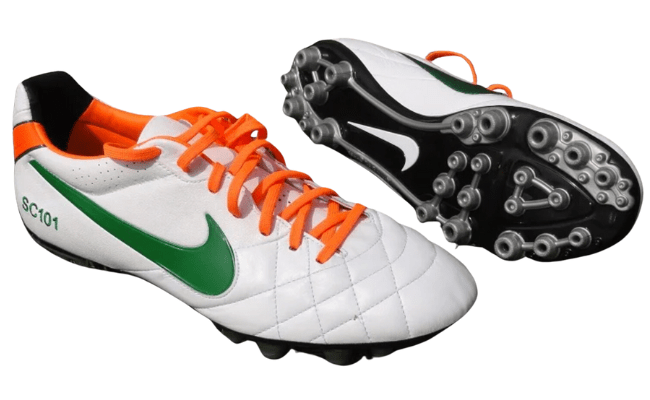
As these cleats have shorter studs in greater numbers, it’s easier to distribute pressure uniformly and lower the chances of sustaining injuries on stiffer, artificial fields.
Multi-ground cleats
And if you are someone who loves the turf but can’t keep their feet off of the muddy-grassy Soccer field, a pair of multi-ground cleats may make your life easier.
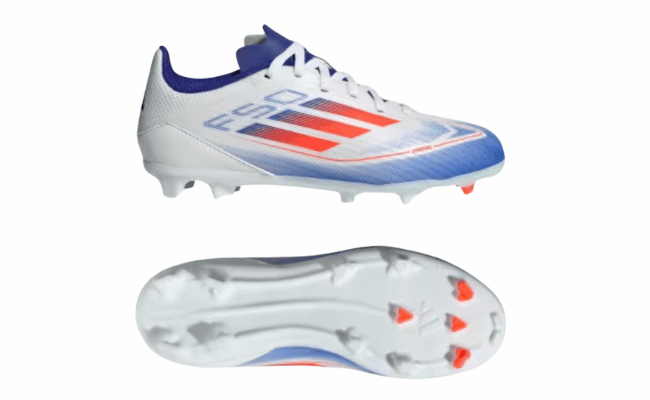
Players can use them on both real and artificial surfaces which is a combination of the two for players who change surfaces more often.
Distinguishing features of lacrosse and soccer cleats
There’s a lot that makes Lacrosse cleats stand apart from the Soccer ones. Let’s look at some of the key differences.
Stud configuration
In soccer cleats, the stud configuration is optimized for agility and sudden changes of direction, that’s what makes them ideal for soccer. Often, a combination of blade or conical studs is used in soccer boots to better the shoe’s grip while running without interfering with pivoting ability.
Lacrosse cleats are designed with a stud configuration that offers grip and stability on a variety of playing surfaces. The cleats may have a combination of conical and blade studs, along with a toe spike to aid in forward propulsion and stability during sudden directional changes.
Material and durability
When it comes to soccer cleats, they lay emphasis on lightweight fabrics to improve speed and agility. For better control of the boots and improved touch, its top is always synthetic material or thin leather giving it give better touch due to a close connection with the ball.
Lacrosse cleats prioritize durability and ruggedness due to the rough and varied playing conditions. The materials used are typically more robust, ensuring the cleats can withstand the physical demands and frequent impacts of the sport.
Ankle support
Generally, soccer cleats are short in size to allow full movement of the ankles. This manner helps a player to conduct swift, snappy motions as well as to make rapid directional adjustments necessary for successful dribbling and high-tempo gaming.
Lacrosse cleats usually have a mid-cut design to provide additional ankle support. This is crucial for the sport, as players frequently make sudden stops, starts, and lateral movements, requiring extra stability to prevent injuries.
Cost differences between lacrosse and soccer cleats
Lacrosse cleats are mostly on the expensive side because of their features like ankle support and durability while soccer cleats tend to be more cost-effective but if we talk about high-end models with high-tech technology and materials it can also be expensive.
Marty’s final words
Lacrosse and Soccer are two of the most popular games in the US. Plus, the level of stamina, strength, resilience, and skill they require demands the right kits and cleats while stepping on the field. While, many Lacrosse players may prefer wearing Soccer cleats for faster movement, flexibility, and agility, it may not make sense for everyone.
For example, one of the most out-of-sync things you can do on a Lacrosse field is wearing Soccer cleats while in a defending position. While Lacrosse shoes will give you good support, comfort, and stability, Soccer ones may make defense more challenging for you, also, exposing your ankle to the stick, ball, and other players’ feet.
For this and other similar reasons, I always recommend my well-wishers and readers to pick their shoes very wisely, as even the slightest level of negligence may lead to life-long injuries.
So, whether you play Lacrosse or Soccer, make sure to learn everything about the pair of boots you are getting. Do this for your feet’s health and safety, and your good posture and health.
So, can I wear soccer cleats while playing lacrosse?
In my opinion, if you are planning on playing a sport, you must play it right, with the safest and most suitable equipment possible.
Now, while Soccer cleats may fit your feet while playing Lacrosse, you may not be able to perform all the functions required while playing Lacrosse. For example, as I said above, Soccer cleats may not allow you to defend that well in a Lacrosse game. Similarly, Lacrosse cleats may hinder your movement, make you slow, and limit your agility while moving on a Soccer field.
For these reasons, it’s advisable to wear the right cleats designed for any particular sport.

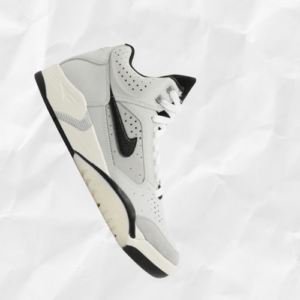 NIKE AIR FLIGHT LITE MID PHOTON DUST METALLIC SILVER
NIKE AIR FLIGHT LITE MID PHOTON DUST METALLIC SILVER